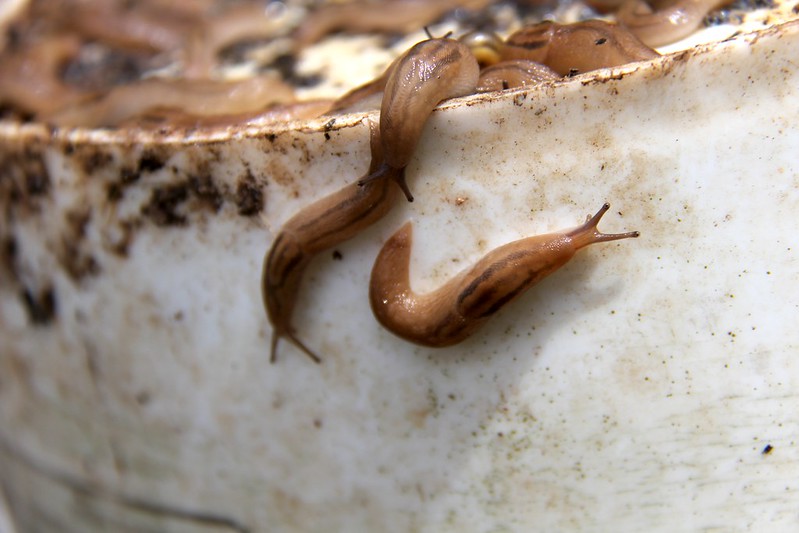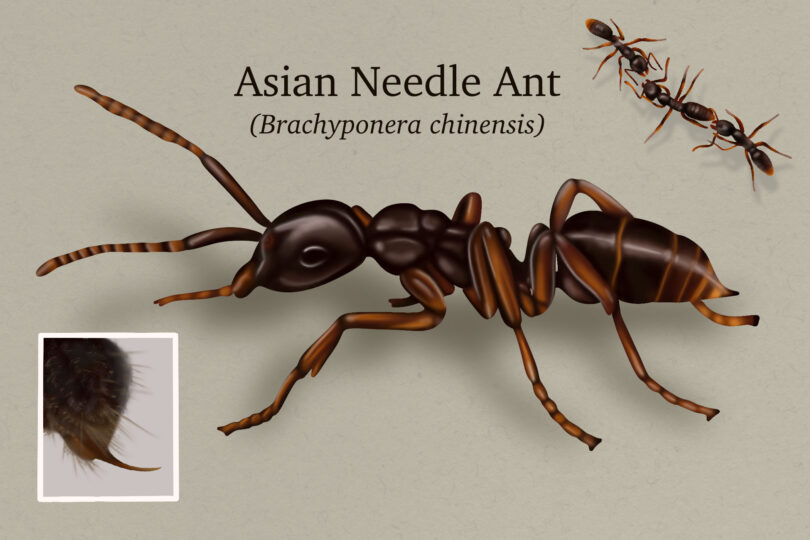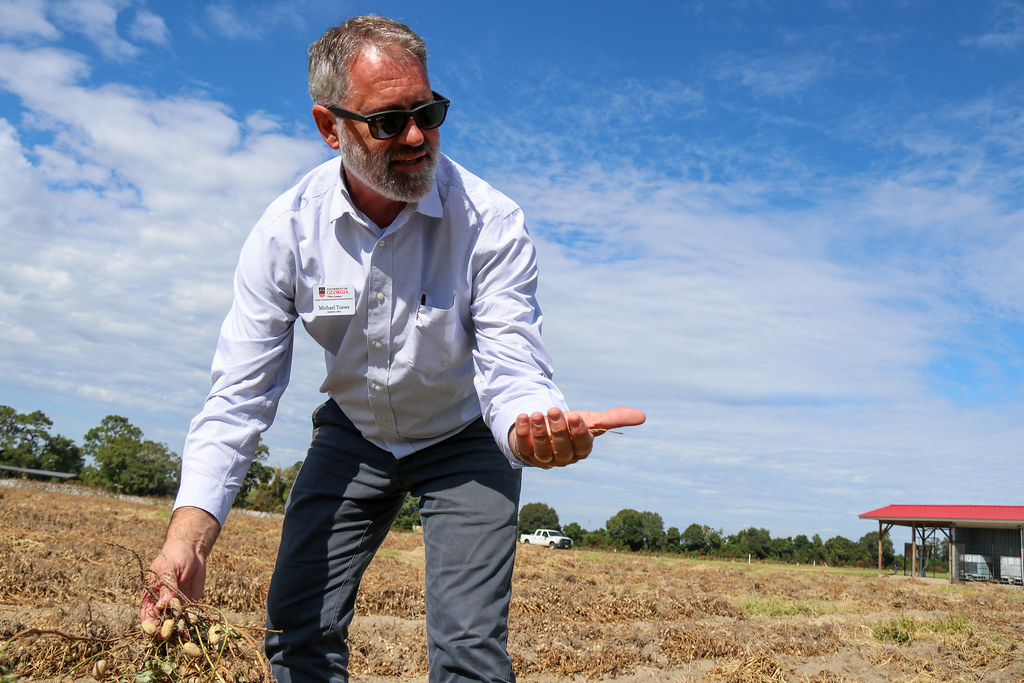
Recently, a church trustee in Bartow County brought samples of “holey” mail to the local University of Georgia Cooperative Extension office for closer examination.
Strangely, mail deposited in the church’s mailbox was showing up with holes chewed through the outer layer of the envelopes, but the mail inside was intact — a small miracle in itself. Agriculture and Natural Resources agent Paul Pugliese noted that, if there were a stack of envelopes in the mail pile, only the top or bottom envelopes were chewed and those sandwiched in the middle were not affected. This was observed on multiple occasions throughout the summer and fall.
According to the church trustee, this obviously involved some kind of strange, demon-possessed animal or insect.
He sprayed and dusted the mailbox with insecticides on multiple occasions, but to no avail. Perplexed by the demon’s invincibility, the trustee took the advice of local neighbors and sought Pugliese’s help.
Identifying the culprit
“After closer examination of the holey holy mail under the microscope, it was determined that there were signs of scat and slime trials, which clearly indicated that slugs or snails were involved with the chewing damage,” Pugliese said.
Further inquiry about the mailbox revealed that there were problems with water seeping through the box and causing the top and bottom pieces of mail to become damp, especially during the rainy conditions experienced over the summer.
“Slugs, by their very nature, must have moisture to survive and are known to eat damp paper on occasion. Ultimately, the solution involved either finding a watertight mailbox as a replacement or sprinkling slug/snail bait around the mailbox as a control treatment,” Pugliese said. “The moral of the story: We now know why the postal delivery service is called 'snail mail.'”
A few weeks later, the church trustee stopped by the Extension office to thank Pugliese for solving their issue. The church’s holy mail is no longer holey.
Controlling slugs and snails
“Slugs and snails are more often a problem in leafy vegetables, strawberries, flowers and certain perennials such as hostas. Note that slugs and snails are not insects, so most insecticides won’t work on them. Slugs and snails are actually mollusks, which are closely related to clams and oysters,” Pugliese said.
Slugs mainly feed at night and then hide by day, finding moist places under leaves or mulch to avoid drying out. To reduce slug and snail damage in a garden, Pugliese recommends that gardeners avoid watering plants during the evening.
“Plants that stay moist all night are far more likely to have slug or snail damage,” he added. “Instead, water during the early morning hours to allow plants to dry more quickly and minimize problems at night. Of course, you don’t have much control over the weather — which may force you to take a more aggressive measure for control.
One option for trapping and collecting slugs is to place boards, shingles, newspaper or even junk mail around plants that are being eaten by slugs.
“The slugs will congregate under these items and you can easily scoop them up or squish them when you scout for slugs during the daytime. There are also slug/snail baits that you can purchase at your local garden center,” Pugliese said.
Some of the more common bait products contain iron phosphate or sulfur and are considered organic treatment options. Control products that contain metaldehyde are also effective, but tend to get inactivated by rain and can be toxic to pets that ingest it, according to Pugliese.
“Be sure to read and follow the product label for application rates and safety precautions. Avoid contacting plant leaves with these bait products, which can cause leaf injury. Place bait products on the ground around plants that are susceptible to slug and snail damage. And most importantly, don’t forget to keep your mailbox closed tight,” he said.






